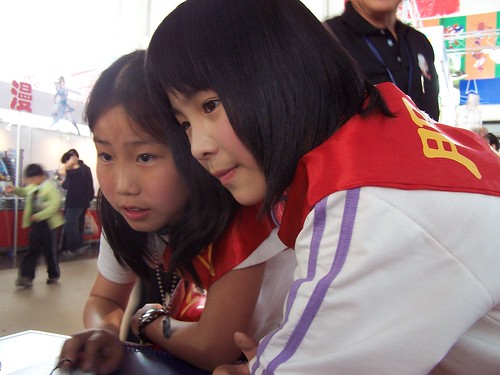Every year the mobile marketing industry boldly announces that THIS will be the “year of mobile”.
In 2005, Sony Ericsson, O2 and Samsung added new features and capabilities to their mobile handsets, delivering 2Mb cameras and GPS to blur the lines between the personal digital assistant and the cellular phone. It was the year that BlackBerry conquered the world and the Apple iPhone was still two years away from it’s game changing launch.
Mobile Device Saturation Outflanks Marketers
Over the last seven years much has changed. But perhaps the most astounding change is the near saturation levels of mobile phone usage – not just in the US, Australia or Europe, but globally. The World Bank reported in July 2012, that mobile phone access now reaches 75% of the planet’s population. And Google Trends reveals an unprecedented surge in mobile marketing interest.
And yet the question remains – how ready are enterprises for the demands of a mobile-ready world?
Marketers have been slow to adapt – first to the web and then to the mobile. Consumers (ie 75% of the global population), however, have not, embracing every new wave of mobile innovation with open palms. The World Bank report suggests that rather than petering out, the “mobile revolution is right at the start of its growth curve”.
Digital Disruption: Lessons from Asia Pacific’s Digital Trajectory
Asia Pacific is not just an economic juggernaut – it is also a petri dish showcasing the consumer behaviour and business impacts that are being wrought by the shift to digital. And while many enterprises have begun to respond with a “mobile first” strategy – designing customer experiences around the mobile device, our trend report on digital disruption suggests that this may not be enough. For many consumers, the future of digital may not involve a desktop computer at all. Mobile first may not be enough – it’s time to consider what it means to have a web experience that is mobile only.
For marketing leaders, there are five key lessons that can be drawn from Asia Pacific and applied to any market:
- The Internet experience is mobile with a social heart.
- Consumer adoption is disrupting patterns of media consumption and transforming the buyer’s journey.
- Digital adoption will drive marketers’ thirst for mobile solutions.
- Marketers will turn to marketing automation to scale execution.
- The shift to digital requires a re-casting of the marketing funnel.
Download a copy of the report to learn how mobile and social adoption will change your market strategy.



